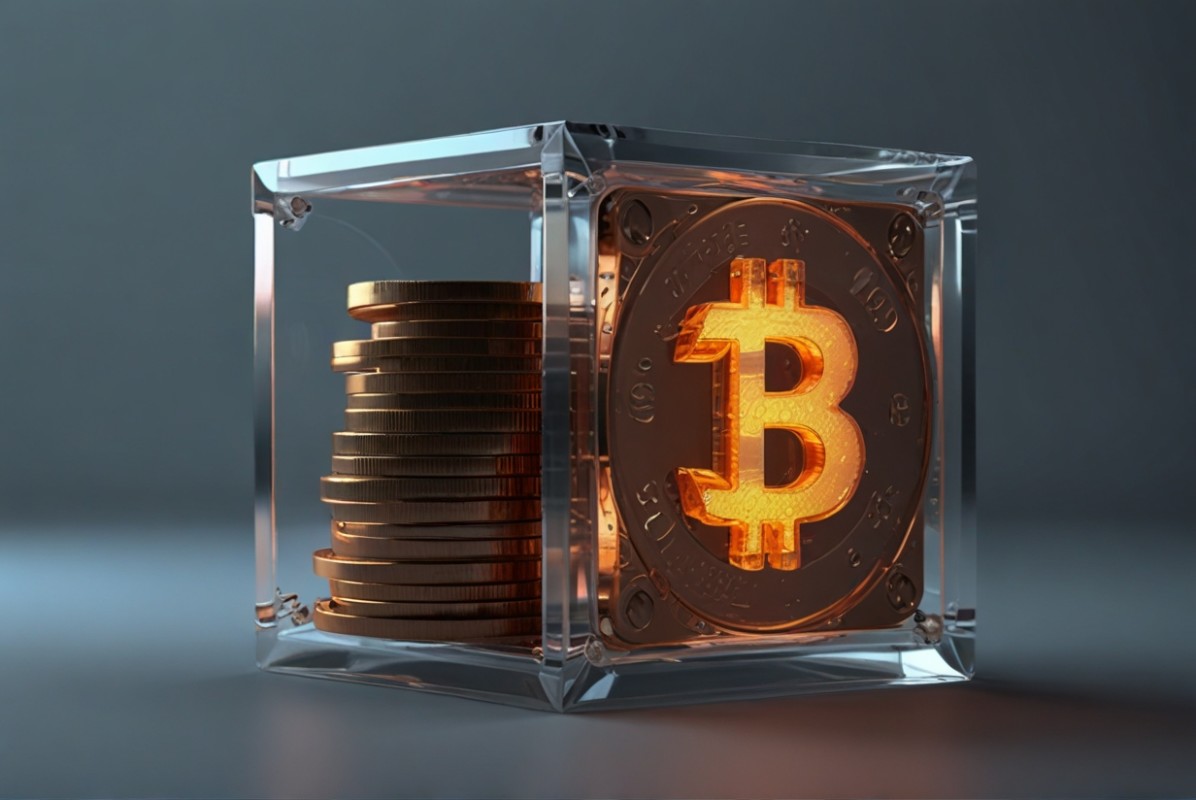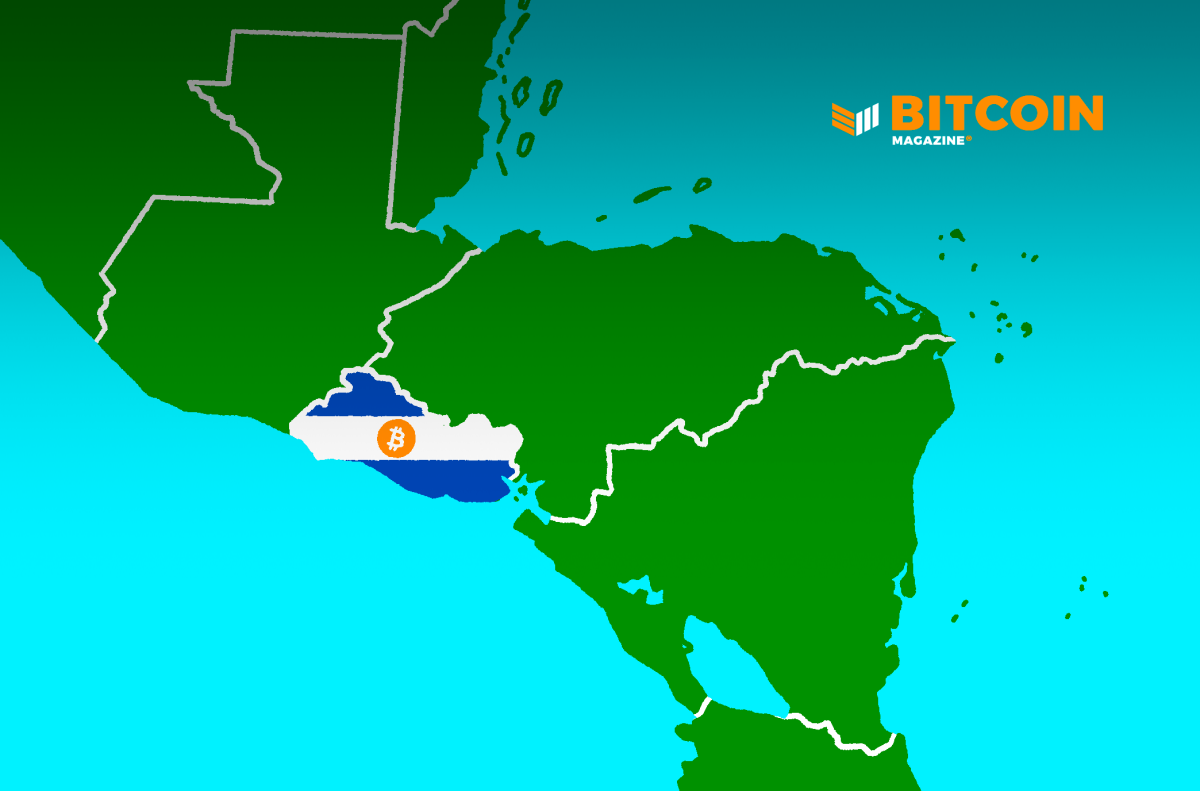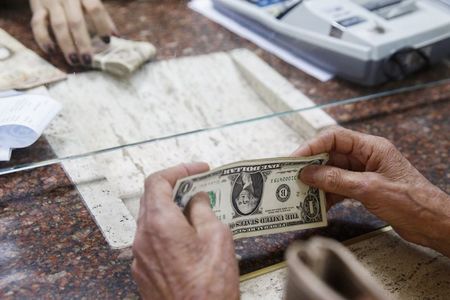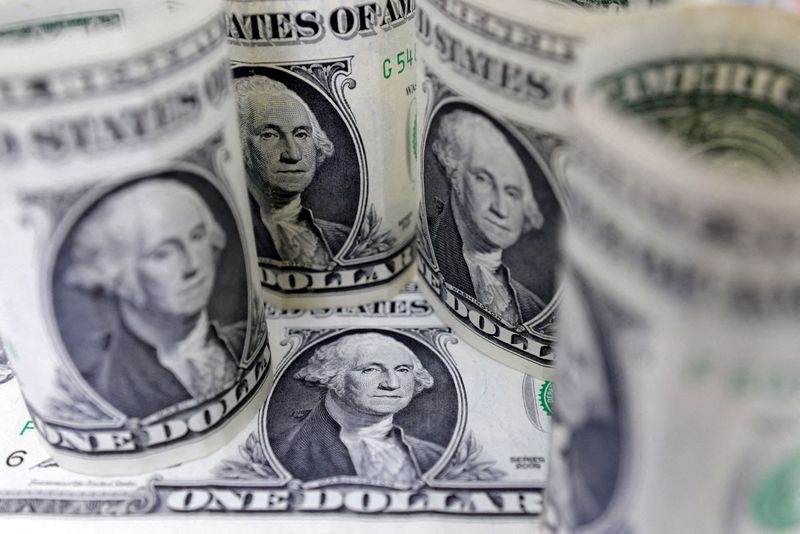Month: May 2024
Dollar steady ahead of inflation data; sterling slips after job numbers
Post Content
Asia FX muted as dollar steadies ahead of inflation data; yen fragile
Post Content
President Biden Blocks Chinese-backed Bitcoin Mining Firm From Owning Land Near a Wyoming Nuclear Missile Base
United States President Joe Biden has issued an order prohibiting the acquisition of certain real property by MineOne Cloud Computing Investment I L.P., citing national security concerns. The order, based on findings outlined by the President, aims to safeguard critical assets near Francis E. Warren Air Force Base (Warren AFB) in Cheyenne, Wyoming.
The President’s order stems from evidence indicating that MineOne Partners Limited, a British Virgin Islands company majority owned by Chinese nationals, and related entities planned to acquire real estate within one mile of Warren AFB. This real estate, specifically described as Lot 1, Block 10 North Range Business Park 3rd Filing, and the nature of operations conducted by MineOne, poses potential national security risks due to its close proximity to a strategic missile base, Biden explained.
MineOne acquired the real estate in June 2022 and subsequently developed it for specialized cryptocurrency mining operations, which raised concerns about surveillance and espionage activities facilitated by foreign-sourced equipment. The Committee on Foreign Investment in the United States (CFIUS) became involved after a public tip, which they then identified significant risks to national security associated with the transaction.
The President’s order prohibits the transaction outright, requiring MineOne and its affiliates to divest all legal and beneficial ownership interests in the real estate within 120 days. Additionally, MineOne must remove all equipment and improvements related to their operations on the property within 90 days, subject to verification by CFIUS.
Furthermore, MineOne and its affiliates are barred from any physical or logical access to the real estate, equipment, or improvements until divestment and removal are completed to CFIUS’s satisfaction. Any attempt to evade or circumvent this order is strictly prohibited, with the Attorney General authorized to enforce compliance.
In response to this order, MineOne and its affiliates are required to cooperate fully with CFIUS, providing regular updates on compliance efforts and timelines for completing divestment and removal actions. Failure to adhere to these requirements may result in further enforcement measures and penalties.
How to Delicately Handle BRC-20s and Ordinals without Hurting Bitcoin
For months Bitcoiners have been bitterly debating the Ordinals phenomenon and the large amount of trading activity and congestion they brought to the chain.
It’s a very nuanced clash where it’s difficult to find the correct “ideological” response. I won’t be trying to give a definitive answer here, as that’s ultimately up to the community at large. But hopefully we can all agree to some common ground rules that can help us resolve the debate without going into another war resulting in bitter hard forks.
A Tale of Free Markets and the Higher Purpose
The complexity of the debate lies in the cognitive dissonance that Ordinals trigger within the Bitcoin community. It’s safe to say that Bitcoiners are very much pro-free markets, pro-liberty and pro-financial freedom.
And on the one hand, Ordinals are the purest expression of free market will. If some people are okay with paying to transact with jerry-rigged tokens that are pushing the capabilities of Bitcoin Script to their limits, then who are we to say that this is a mistake?
The Bitcoin network’s foundation lies in using egoistic economic incentives to create a positive outcome for all — the creation of a neutral value settlement and payments layer.
Miners, as one of the key pillars of Bitcoin, are making huge amounts of money from Ordinals.
And we can’t deny the long-term benefits of Ordinals and BRC-20s for the network either. Ordinals have managed to push the percentage of fees in the miners’ overall revenue to about 10%, which is similar to what we saw in the most active phase of the 2021 bull market.
Though some Bitcoiners may choose to downplay this issue, the fact remains that without the mining rewards, Bitcoin security would be tenuous at best. It follows that whatever can push usage of the Bitcoin blockchain is good for Bitcoin, right?
Of course, it’s not quite that simple. Ordinals make it more expensive to use Bitcoin for what it was designed: payments and transfer of value.
Some hardline Bitcoiners would probably have a heart attack if they saw the community embrace speculative trading of shitcoins as a “fix” to the security budget issue. And they’re not all that wrong.
Bitcoin was born as a vehicle to escape the tyranny of central banks, to give everyone in the world the hardest money ever designed, and to serve as a neutral layer for people to use regardless of their economic, geographic or political background. Speculative trading of shitcoins doesn’t exactly fit that higher purpose.
So, while Ordinals are probably a legitimate use of Bitcoin that fits with the free market-oriented principles shared by Bitcoiners, they ultimately hinder Bitcoin from achieving its true purpose. How do we reconcile this?
Pragmatism is the name of the game?
There is currently an unresolved issue in the Bitcoin Core GitHub that proposes to treat Ordinals as a vulnerability in Bitcoin Core, where the only appropriate response is to root it out in any way possible.
That is certainly one way to think about it, but I think that this approach is too much of a knee-jerk reaction. Bitcoin is beautiful in its simplicity and sturdiness, and the community has rightfully resisted meaningful change to its fundamentals in these years.
Ordinals and BRC-20s are somewhat of a trick, but they still follow the rules of Bitcoin. They aren’t causing any more danger to Bitcoin than the hyperactive traders of 2017, who caused the largest spike in Bitcoin fees to date. Even spiritually, they are not so different from the Omni protocol, which used the OP_RETURN field to introduce tokens to Bitcoin (USDT is probably its most famous user).
The consensus in the Bitcoin community is that the bulk of the users should use L2 solutions to transact with BTC, and that the main chain should be reserved for extremely high value and high cost usage. That is, after all, the only way to fit enough transaction fees in the current block size to ensure the long-term security budget.
If L2s were to gain mass adoption, then most of the Bitcoin network usage would be as a data layer for these secondary protocols. I don’t think this would be the worst thing in the world. And if I were to choose, I’d pick Bitcoin as the go-to data availability solution for extremely sensitive information — far ahead of customized solutions whose future depends largely on the coffers of a single development company.
But the key argument is that if we need to make changes to Bitcoin, they have to be extremely slow, methodical and calculated.
While I understand the hostility towards the way Ordinals are mostly used today, they can also be very useful for non-speculative uses. I’d definitely pick them to store the next Wikileaks.
There is also an argument to be made for speculators. Without them, Bitcoin wouldn’t have reached the global popularity it has today. It’s always acted as a Trojan Horse, a way to bootstrap the network effect required to make Bitcoin global money.
As long as BRC-20s and Ordinals do not realistically endanger Bitcoin, we should ensure they are given time to evolve and grow. This doesn’t mean that anything should be done at a network level to support them even more. Quite simply, if it works, don’t fix it — we may just see something of real value come out of this experimentation.
This is a guest post by Robbie Greenfield. Opinions expressed are entirely their own and do not necessarily reflect those of BTC Inc or Bitcoin Magazine.
El Salvador Launches Website to Track $360M Bitcoin Treasury
El Salvador made history in 2021 by becoming the first country to adopt Bitcoin as a legal tender under the leadership of President Nayib Bukele. This groundbreaking decision has enabled significant financial improvements across the small Central American nation.
Yesterday, El Salvador launched its website to track its national Bitcoin treasury holdings to further its commitment to Bitcoin transparency.
JUST IN: 🇸🇻 El Salvador released a new website that tracks their #Bitcoin Treasury.
El Salvador is winning 🔥 pic.twitter.com/U7CktWSBet
— Bitcoin Magazine (@BitcoinMagazine) May 13, 2024
The platform is hosted at bitcoin.gob.sv, provides real-time data on the nation’s bitcoin reserves.
Using public information from Bukele’s tweets and blockchain data, the site details how the country has accumulated over 5,748 BTC worth roughly $360 million.
This stash has been built up since 2021 through daily purchases of 1 BTC, larger bulk buys, and mining via geothermal energy.
Earlier, Bukele had released a Bitcoin address for people to monitor the nation’s holdings. Now, the new website validates this information and offers public proof of reserves.
Launching this platform represents a major step towards financial transparency in government operations.By leveraging Bitcoin’s innate audibility, El Salvador continues leading the way.
Click the image to learn more.
Despite short-term fluctuations, the country already sits on $57 million in unrealized profit due to effective dollar cost averaging.
El Salvador’s Bitcoin treasury tracker promotes openness and confidence in its pioneering Bitcoin strategy.
This economic experiment and embrace of Bitcoin set an example for other nations to follow. The website should also help attract further Bitcoin investment and innovation in El Salvador.
Dollar just lower; steadying after key inflation data
Post Content
Dollar steady as US inflation data takes spotlight
Post Content
Asia FX edges lower, dollar steadies with inflation on tap
Post Content
Analysis-Why China’s tolerance for a cheaper currency may be temporary
Post Content
Dollar up slightly after consumer sentiment data, CPI eyed
Post Content








